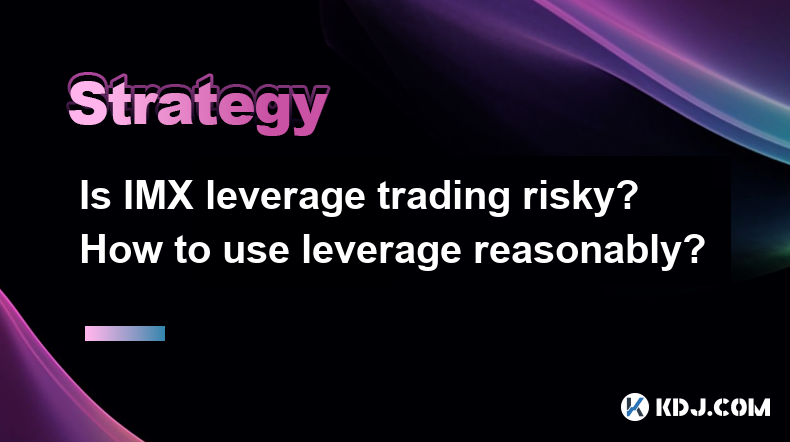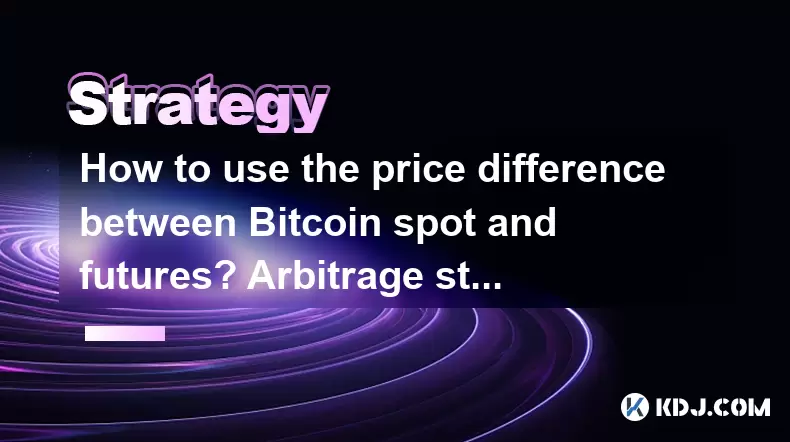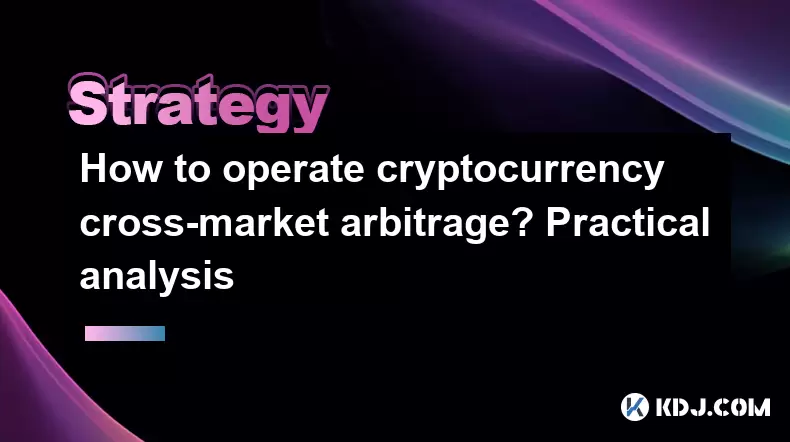-
 Bitcoin
Bitcoin $108,262.4325
-1.40% -
 Ethereum
Ethereum $2,518.2882
-2.94% -
 Tether USDt
Tether USDt $1.0003
-0.01% -
 XRP
XRP $2.2262
-1.71% -
 BNB
BNB $653.9254
-1.55% -
 Solana
Solana $148.1036
-3.11% -
 USDC
USDC $1.0000
0.01% -
 TRON
TRON $0.2829
-1.45% -
 Dogecoin
Dogecoin $0.1639
-4.82% -
 Cardano
Cardano $0.5742
-4.43% -
 Hyperliquid
Hyperliquid $38.9506
-3.95% -
 Sui
Sui $2.9040
-4.34% -
 Bitcoin Cash
Bitcoin Cash $484.8307
-2.62% -
 Chainlink
Chainlink $13.1971
-3.73% -
 UNUS SED LEO
UNUS SED LEO $9.0822
0.51% -
 Avalanche
Avalanche $17.8613
-4.01% -
 Stellar
Stellar $0.2385
-2.26% -
 Toncoin
Toncoin $2.7570
-3.88% -
 Shiba Inu
Shiba Inu $0.0...01145
-3.99% -
 Litecoin
Litecoin $86.9999
-2.43% -
 Hedera
Hedera $0.1538
-3.90% -
 Monero
Monero $313.7554
-2.03% -
 Polkadot
Polkadot $3.3681
-5.08% -
 Dai
Dai $1.0000
0.00% -
 Ethena USDe
Ethena USDe $1.0001
-0.01% -
 Bitget Token
Bitget Token $4.4401
-2.97% -
 Uniswap
Uniswap $6.9644
-8.41% -
 Pepe
Pepe $0.0...09666
-4.79% -
 Aave
Aave $266.5686
-5.04% -
 Pi
Pi $0.4713
-4.95%
Is IMX leverage trading risky? How to use leverage reasonably?
IMX leverage trading can amplify gains but also risks significant losses; use low leverage, set stop-losses, and diversify to manage risk effectively.
May 01, 2025 at 08:15 am

Is IMX leverage trading risky? How to use leverage reasonably?
Trading with leverage in the cryptocurrency market, specifically with IMX (Immutable X), can be a high-stakes endeavor that offers the potential for significant returns but also comes with substantial risks. Leverage trading allows traders to borrow capital to amplify their trading position beyond what their initial capital would allow. This article delves into the risks associated with IMX leverage trading and provides guidance on how to use leverage reasonably.
Understanding IMX Leverage Trading
IMX leverage trading involves using borrowed funds to increase the potential return on an investment in Immutable X tokens. Leverage is expressed as a ratio, such as 10:1, meaning that for every dollar of your own capital, you can control ten dollars worth of IMX. This mechanism can magnify both gains and losses, making it crucial to understand the mechanics before engaging in such trades.
Risks Associated with IMX Leverage Trading
The primary risk of IMX leverage trading is the potential for significant financial loss. Because leverage amplifies both gains and losses, a small adverse move in the price of IMX can lead to substantial losses, potentially exceeding the initial investment. Additionally, traders must consider the following risks:
- Liquidation Risk: If the market moves against your position and the value of your collateral falls below a certain threshold, your position may be liquidated to cover the borrowed funds. This can result in the loss of your entire investment.
- Interest Costs: Borrowing funds to trade with leverage incurs interest costs, which can erode profits or exacerbate losses if the trade is not successful.
- Market Volatility: The cryptocurrency market, including IMX, is known for its volatility. Rapid price swings can lead to significant losses when using leverage.
How to Use Leverage Reasonably with IMX
To use leverage reasonably with IMX, traders should adopt a disciplined approach and consider the following strategies:
- Start Small: Begin with a low leverage ratio to understand the dynamics of IMX trading without exposing yourself to excessive risk. Gradually increase leverage as you gain more experience and confidence.
- Set Stop-Loss Orders: Implementing stop-loss orders can help limit potential losses. Determine a stop-loss level based on your risk tolerance and the volatility of IMX.
- Diversify: Avoid putting all your capital into a single leveraged position. Diversifying across different assets or strategies can help mitigate risk.
- Monitor Market Conditions: Stay informed about market trends and news that may affect IMX prices. Being aware of potential market-moving events can help you make more informed trading decisions.
- Understand Margin Requirements: Know the margin requirements of your trading platform and ensure you have sufficient collateral to maintain your positions.
Practical Steps to Engage in IMX Leverage Trading
If you decide to engage in IMX leverage trading, follow these practical steps to set up and manage your trades:
- Choose a Reliable Platform: Select a reputable cryptocurrency exchange that offers IMX leverage trading. Ensure the platform has a good track record and robust security measures.
- Fund Your Account: Deposit the necessary funds into your trading account. Ensure you have enough capital to meet the margin requirements for the leverage you intend to use.
- Select Your Leverage Ratio: Decide on the leverage ratio you want to use. Start conservatively and adjust based on your comfort level and market conditions.
- Place Your Trade: Use the trading interface to open a leveraged position on IMX. Specify the amount, leverage ratio, and any stop-loss or take-profit levels.
- Monitor and Adjust: Continuously monitor your position and be prepared to adjust your strategy based on market movements. If necessary, close your position to lock in profits or limit losses.
Risk Management Strategies for IMX Leverage Trading
Effective risk management is crucial when trading IMX with leverage. Consider the following strategies to manage your risk:
- Position Sizing: Determine the size of your position based on your risk tolerance and the amount of capital you are willing to risk. Never risk more than you can afford to lose.
- Use of Hedging: Consider using hedging strategies to offset potential losses. For example, you might take a position in another cryptocurrency that is inversely correlated with IMX.
- Regularly Review and Adjust: Periodically review your trading strategy and adjust your leverage and positions as necessary. Be flexible and willing to change your approach based on market conditions.
- Emotional Discipline: Maintain emotional discipline and avoid making impulsive decisions based on fear or greed. Stick to your trading plan and risk management rules.
Tools and Resources for IMX Leverage Trading
To enhance your IMX leverage trading experience, utilize the following tools and resources:
- Trading Platforms: Use platforms that offer advanced charting tools, real-time data, and risk management features. Examples include Binance, Bybit, and FTX.
- Analytical Tools: Employ technical analysis tools to identify potential entry and exit points. Tools like TradingView can provide valuable insights into IMX price trends.
- Educational Resources: Continuously educate yourself about leverage trading and the cryptocurrency market. Websites, webinars, and trading courses can help you stay informed and improve your skills.
- Community and Forums: Engage with other traders in forums and social media groups to share insights and learn from their experiences. Communities like Reddit's r/CryptoCurrency can be valuable resources.
Frequently Asked Questions
Q: Can I use leverage trading to hedge my existing IMX holdings?
A: Yes, leverage trading can be used as a hedging strategy to protect your existing IMX holdings. By taking a leveraged position that is inversely correlated with IMX, you can offset potential losses in your holdings. However, this strategy also involves risks and should be approached with caution.
Q: What is the typical leverage ratio offered for IMX trading?
A: The typical leverage ratio for IMX trading can vary depending on the platform, but common ratios range from 2:1 to 100:1. Higher leverage ratios offer greater potential returns but also come with increased risk.
Q: How does the volatility of IMX affect leverage trading?
A: The high volatility of IMX can significantly impact leverage trading. Rapid price swings can lead to quick gains or losses, making it essential to use stop-loss orders and maintain a disciplined approach to manage the increased risk associated with leverage.
Q: Are there any specific regulatory considerations for IMX leverage trading?
A: Regulatory considerations for IMX leverage trading can vary by jurisdiction. It's important to understand the regulations in your country regarding cryptocurrency trading and leverage. Some regions may have restrictions or requirements for margin trading, so ensure you comply with local laws and regulations.
Disclaimer:info@kdj.com
The information provided is not trading advice. kdj.com does not assume any responsibility for any investments made based on the information provided in this article. Cryptocurrencies are highly volatile and it is highly recommended that you invest with caution after thorough research!
If you believe that the content used on this website infringes your copyright, please contact us immediately (info@kdj.com) and we will delete it promptly.
- Bitcoin's Pattern Break: Are HODLers the Key to the Next Surge?
- 2025-07-04 18:50:12
- Bitcoin Price, Trump's Bill, and the $150K Dream: A NYC Take
- 2025-07-04 19:50:12
- Ethereum, LILPEPE, and the July Bounce: Will Pepe Steal ETH's Thunder?
- 2025-07-04 19:10:12
- Binance Institutional Loans: Unlocking 4x Leverage and Zero Interest for Whales
- 2025-07-04 19:15:12
- Bitcoin Bull Run: Analysts Eye Peak in Late 2025?
- 2025-07-04 19:20:13
- Pepe Indicators, Bullish Forecast: Can the Meme Coin Rally?
- 2025-07-04 19:25:12
Related knowledge

What are the skills of Bitcoin option hedging? Practical case sharing
Jun 24,2025 at 04:01pm
Understanding Bitcoin Option HedgingBitcoin option hedging is a risk management strategy used by traders and investors to protect their positions in the volatile cryptocurrency market. By using options, individuals can limit potential losses while retaining the opportunity for profit. In essence, it allows one to insulate against adverse price movements...

How to use the price difference between Bitcoin spot and futures? Arbitrage strategy
Jun 20,2025 at 02:56pm
Understanding Bitcoin Spot and Futures MarketsTo effectively leverage arbitrage opportunities between Bitcoin spot and futures markets, it's essential to understand the fundamental differences between these two types of markets. The spot market refers to the direct buying and selling of Bitcoin for immediate delivery at the current market price. In cont...

How to increase DeFi lending income? Strategy and risk analysis
Jun 24,2025 at 02:08pm
Understanding DeFi Lending and Its Income PotentialDeFi (Decentralized Finance) lending has emerged as a popular way to earn passive income in the cryptocurrency space. Unlike traditional banking systems, DeFi lending platforms allow users to lend their crypto assets directly to borrowers without intermediaries. The lenders earn interest based on the su...

How to operate cryptocurrency cross-market arbitrage? Practical analysis
Jun 23,2025 at 04:01am
Understanding Cryptocurrency Cross-Market ArbitrageCryptocurrency cross-market arbitrage involves taking advantage of price differences for the same digital asset across different exchanges. The core idea is to buy low on one exchange and sell high on another, capturing the profit from the discrepancy. This strategy relies heavily on real-time market da...

How to make profits from high-frequency cryptocurrency trading? Sharing core skills
Jun 19,2025 at 05:07pm
Understanding High-Frequency Cryptocurrency TradingHigh-frequency trading (HFT) in the cryptocurrency market involves executing a large number of trades at extremely fast speeds, often within milliseconds. This method relies on small price discrepancies across exchanges or within a single exchange’s order book. Traders use complex algorithms and ultra-l...

What are the methods of cryptocurrency quantitative trading? Detailed analysis
Jun 22,2025 at 11:07pm
Understanding the Core of Cryptocurrency Quantitative TradingCryptocurrency quantitative trading refers to the use of mathematical models and algorithms to execute trades in the digital asset market. Unlike traditional discretionary trading, which relies heavily on human judgment, quantitative trading leverages data-driven strategies to identify profita...

What are the skills of Bitcoin option hedging? Practical case sharing
Jun 24,2025 at 04:01pm
Understanding Bitcoin Option HedgingBitcoin option hedging is a risk management strategy used by traders and investors to protect their positions in the volatile cryptocurrency market. By using options, individuals can limit potential losses while retaining the opportunity for profit. In essence, it allows one to insulate against adverse price movements...

How to use the price difference between Bitcoin spot and futures? Arbitrage strategy
Jun 20,2025 at 02:56pm
Understanding Bitcoin Spot and Futures MarketsTo effectively leverage arbitrage opportunities between Bitcoin spot and futures markets, it's essential to understand the fundamental differences between these two types of markets. The spot market refers to the direct buying and selling of Bitcoin for immediate delivery at the current market price. In cont...

How to increase DeFi lending income? Strategy and risk analysis
Jun 24,2025 at 02:08pm
Understanding DeFi Lending and Its Income PotentialDeFi (Decentralized Finance) lending has emerged as a popular way to earn passive income in the cryptocurrency space. Unlike traditional banking systems, DeFi lending platforms allow users to lend their crypto assets directly to borrowers without intermediaries. The lenders earn interest based on the su...

How to operate cryptocurrency cross-market arbitrage? Practical analysis
Jun 23,2025 at 04:01am
Understanding Cryptocurrency Cross-Market ArbitrageCryptocurrency cross-market arbitrage involves taking advantage of price differences for the same digital asset across different exchanges. The core idea is to buy low on one exchange and sell high on another, capturing the profit from the discrepancy. This strategy relies heavily on real-time market da...

How to make profits from high-frequency cryptocurrency trading? Sharing core skills
Jun 19,2025 at 05:07pm
Understanding High-Frequency Cryptocurrency TradingHigh-frequency trading (HFT) in the cryptocurrency market involves executing a large number of trades at extremely fast speeds, often within milliseconds. This method relies on small price discrepancies across exchanges or within a single exchange’s order book. Traders use complex algorithms and ultra-l...

What are the methods of cryptocurrency quantitative trading? Detailed analysis
Jun 22,2025 at 11:07pm
Understanding the Core of Cryptocurrency Quantitative TradingCryptocurrency quantitative trading refers to the use of mathematical models and algorithms to execute trades in the digital asset market. Unlike traditional discretionary trading, which relies heavily on human judgment, quantitative trading leverages data-driven strategies to identify profita...
See all articles

























































































